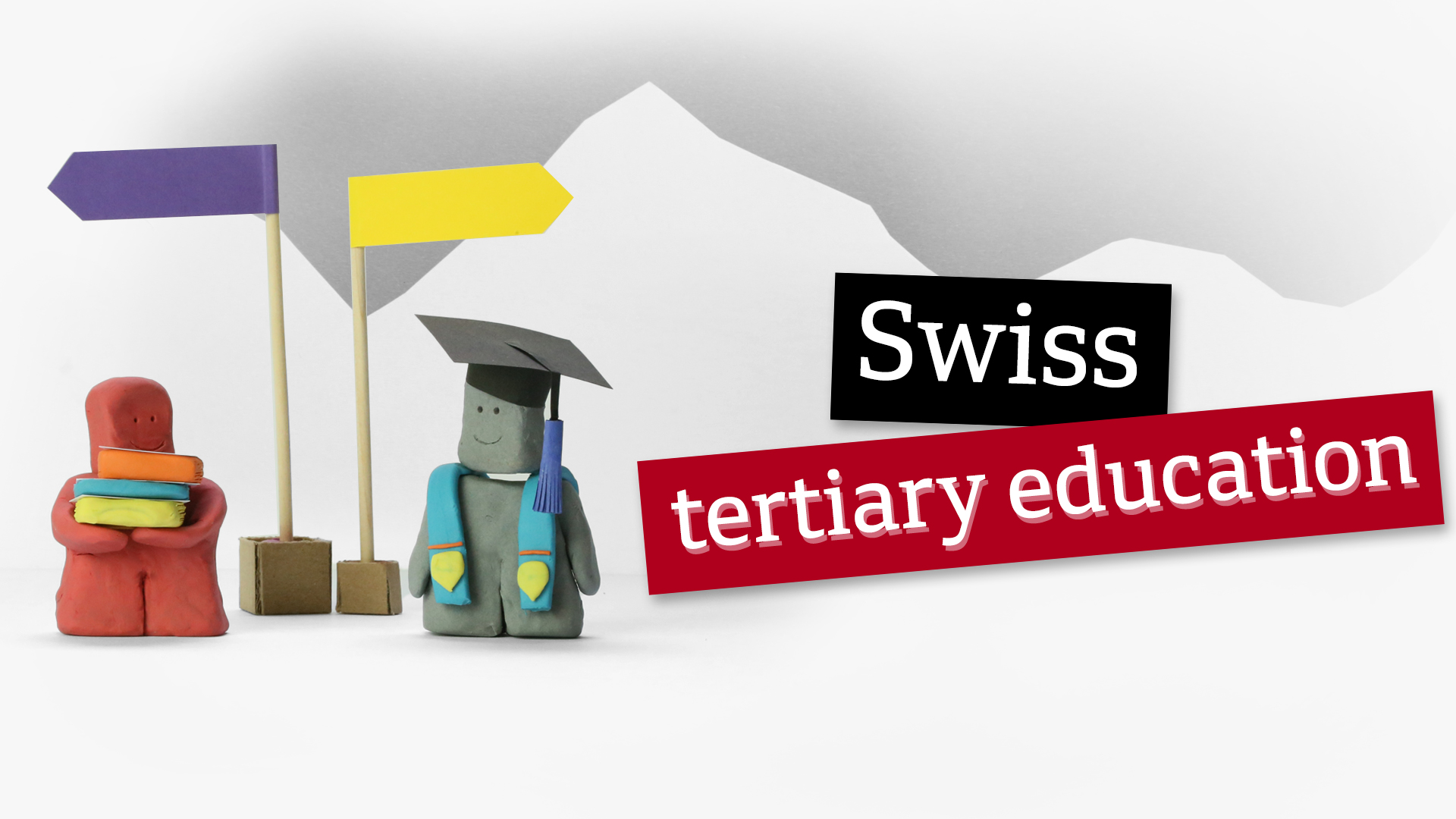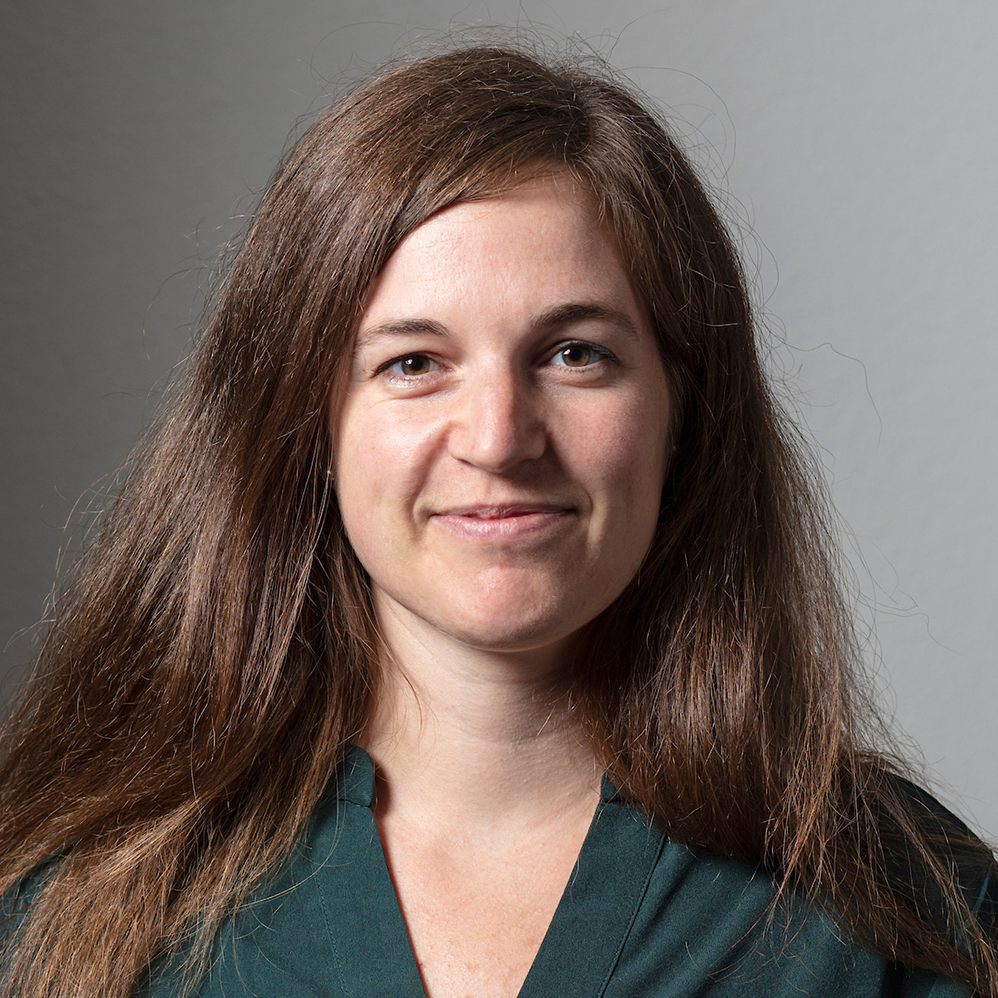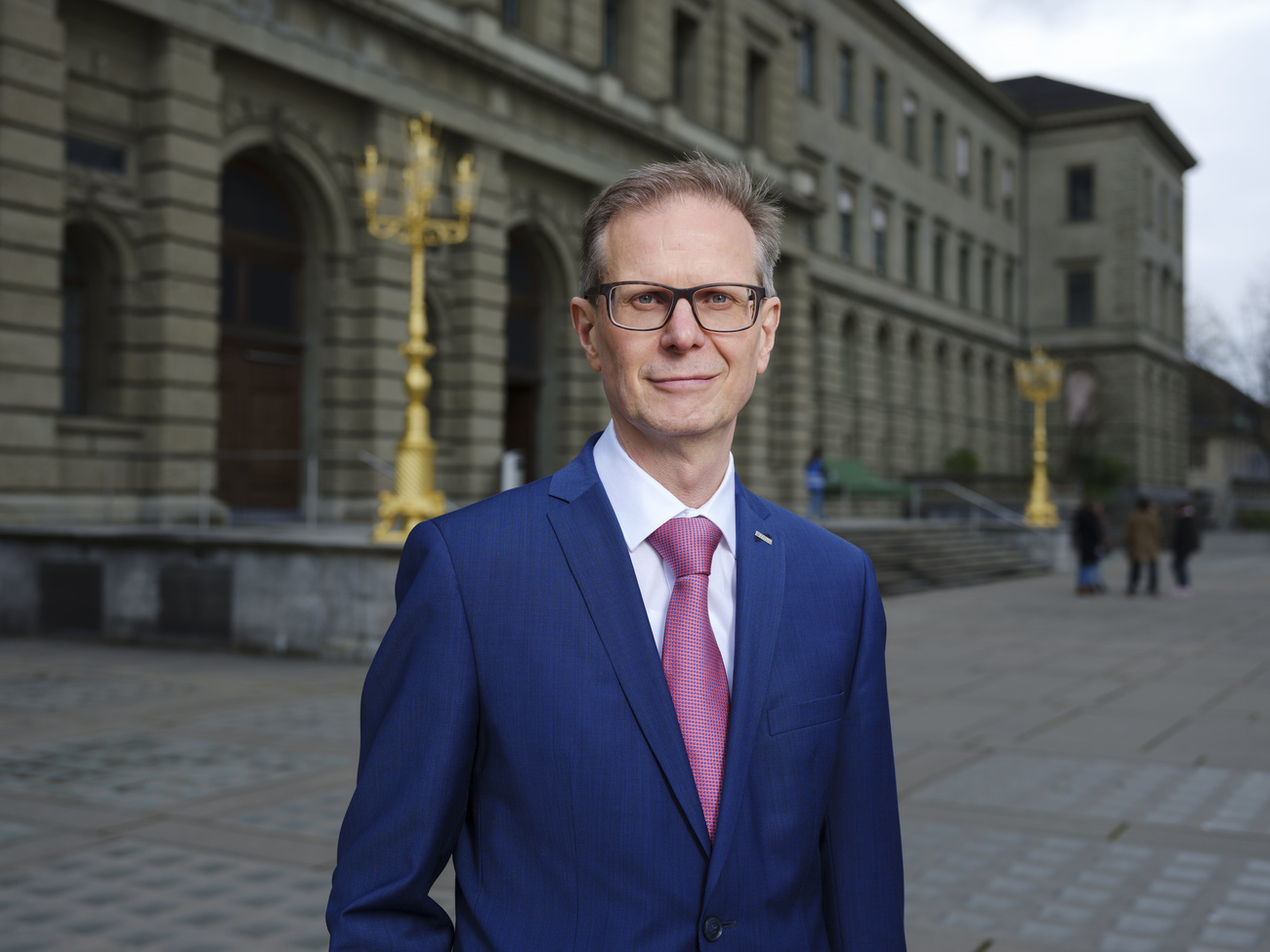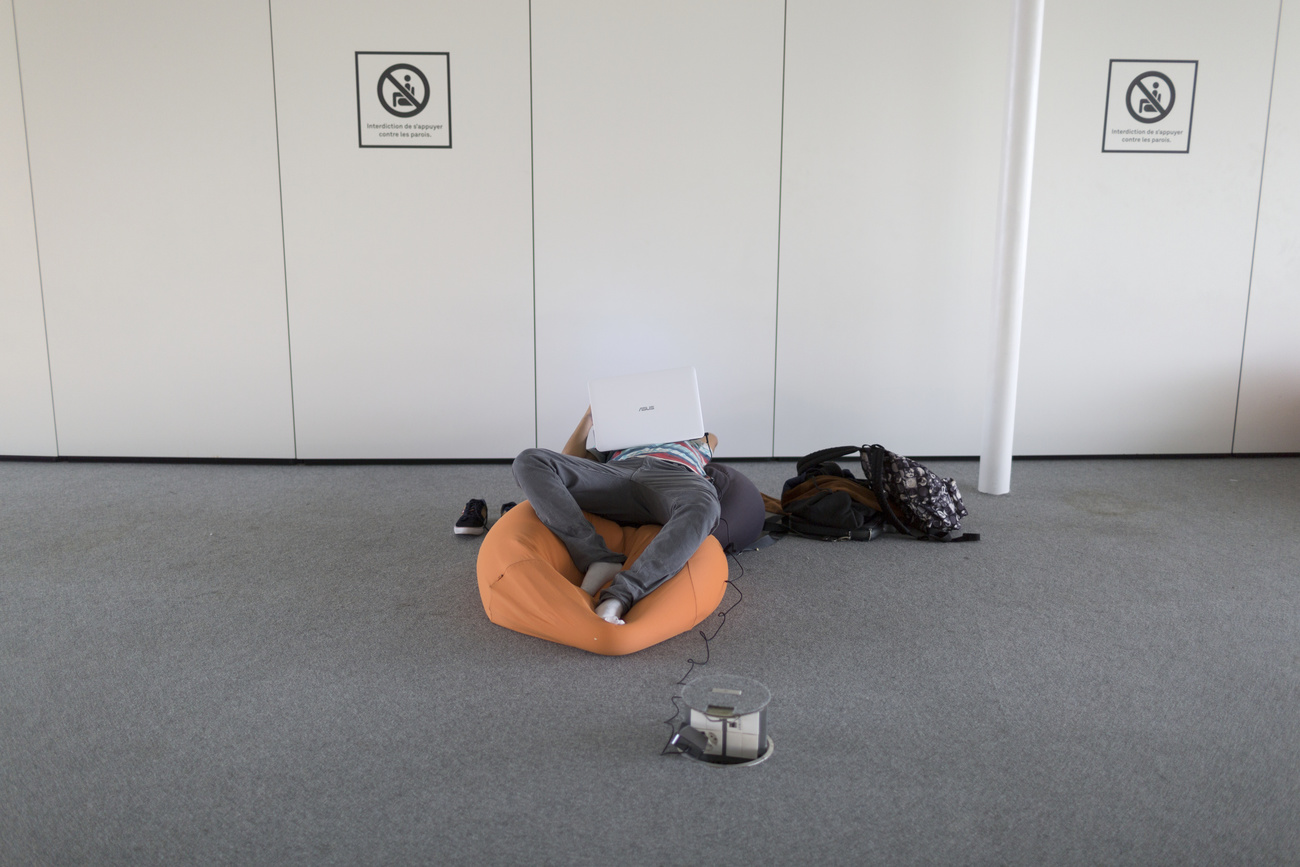Why is Switzerland’s higher education so good?

Swiss universities regularly rank high in international surveys and attract a large number of foreign students. In this explainer we look at which universities there are, how students can access them and where foreign students fit in.
Apart from the federal institutes of technology in Zurich and Lausanne, which rank among the best in the world, and the University of Bern that makes the headlines due to its involvement in space missions, Switzerland has many other universities scattered within its borders. In the Times Higher Education (THE) World University rankings in 2020, Switzerland had more top-200 universities per capita than any other country.
Each year around 258,000 students enroll at a Swiss higher education institution: 61% at a university or federal institute of technology, 30% at a university of applied sciences and 8% at a university of teacher education. Currently, 44% of people in Switzerland aged 25–64 have a tertiary level qualification, obtained at a traditional university or from higher vocational education.
Types of Swiss Universities
There are three types of universities in Switzerland. We have traditional universities that you would find elsewhere in the world. There are 12 of them, ten Cantonal plus the two prestigious Federal Institutes of Technology, one in Lausanne, EPFL, and one in Zurich, ETH Zurich.
These two regularly rank high in international surveys. Each year, more than 150,000 students enroll at these universities to learn theory, analysis and research methodology. The bachelor’s degree takes three years and opens the door to a master’s degree, which usually takes another two years. After that, there are PhDs which can take around four years.
Universities of Applied Sciences and Arts
Then there are the universities of applied sciences and arts. There are nine of them. These special Swiss universities are more practical and industry oriented. Some degree programs like landscape architecture and some health sciences, arts and music degrees can be taken only at these institutions.
Internships are usually part of the curriculum. Students obtain bachelor’s and master’s degrees, but not usually PhDs. Swiss universities of applied Sciences and Arts attract around 95,000 students a year, mostly from a vocational training background. We’ll look at the entry conditions a bit further on.
Universities of Teacher Education
The third type are universities of teacher education, which train teachers from pre-primary to upper secondary level, as well as teachers for children with disabilities. There are 20 of them and they are attended by around 20,000 students a year.
Non-University Tertiary Level Education
Switzerland also has a non-university tertiary level education, offering high level qualifications for qualified apprentices. This is another Swiss specialty and allows people to deepen their knowledge and management skill. It is well established in fields like nursing and I.T., but its programs and qualifications are less known abroad, particularly in countries without dual vocational education and training programs.
The generally low study fees play a role in attracting students from abroad. The percentage of foreign graduates in Switzerland is higher than in other OECD countries.
The admission criteria are relatively straightforward: an upper-secondary school diploma equivalent to the Swiss baccalaureate, proficiency in the language of instruction and student visas where those apply. Each university has its own admissions process.
International Students in Switzerland
Swiss universities attract a high number of foreign students largely due to their good reputation. During the 2022-2023 academic year, these made up just over a third of all students.
According to the Times’ Higher Education rankings for 2023, the two Federal Institutes of Technology, ETH Zurich and EPFL, are the most international universities in the world, behind the University of Hong Kong. Master’s and PhDs are particularly popular among foreign students. According to the OECD, foreign students accounted for 58% of doctoral graduates in 2020, compared to just 27% among OECD countries.
The most popular choice among international students in Switzerland? Natural sciences and engineering. Switzerland’s low study fees also play a role in attracting students from abroad. Some universities charge slightly more for international students, but overall, you can expect to pay between 500 and 2,000 francs in tuition fees per semester.
However, living expenses in Switzerland are high. Swiss admission requirements are relatively straightforward for foreign students. The student visa for those who come from outside most of Europe might be required and a good grasp of the language of instruction, which can be German, French or Italian, is key. For some graduate programs, the language of instruction is English.
Challenges Facing Swiss Higher Education
The ongoing political stalemate surrounding Switzerland’s negotiations with the European Union has hampered academic collaborations with universities abroad. The Swiss government aims to become once again an associate member of both Erasmus Plus and Horizon Europe, two student-exchange networks but the discussions are still underway.

In compliance with the JTI standards
More: SWI swissinfo.ch certified by the Journalism Trust Initiative






You can find an overview of ongoing debates with our journalists here . Please join us!
If you want to start a conversation about a topic raised in this article or want to report factual errors, email us at english@swissinfo.ch.